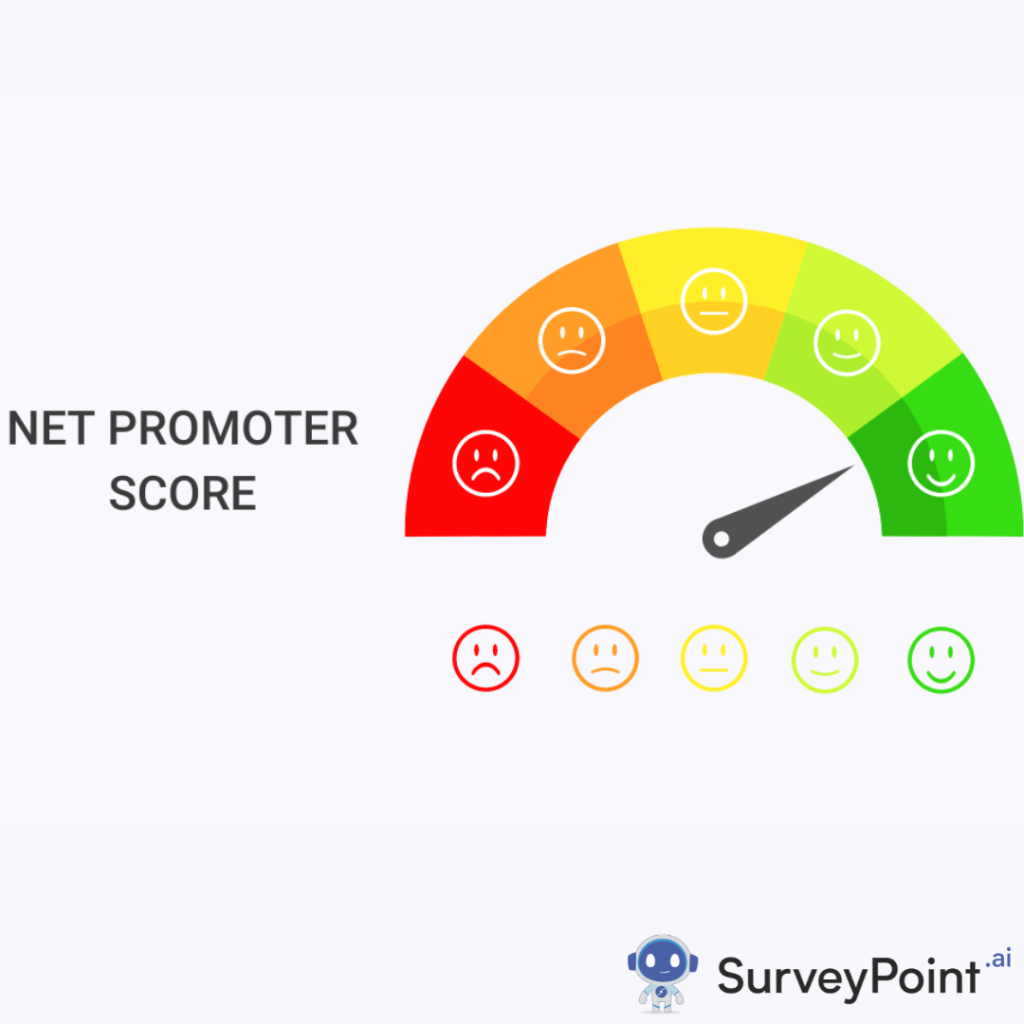
In recent years, AI art is a fascinating trend has emerged in the world of art: the rise of AI-generated artwork. As technology continues to advance, artists and creators are exploring new ways to harness the power of artificial intelligence to push the boundaries of creativity. Let’s dive into this exciting development and what it means for the future of art.
What is AI Art?
AI art refers to artwork created with the help of artificial intelligence algorithms. These algorithms analyze patterns, styles, and techniques from existing art and use that knowledge to generate new pieces. Whether it’s paintings, music, or even poetry, AI is reshaping how we think about creativity.
Why is AI Art Trending?
1. Accessibility for Everyone
AI art tools have become more accessible, allowing anyone with an internet connection to create stunning visuals. Platforms like DALL-E, MidJourney, and Artbreeder enable users to generate art with just a few clicks. This democratization of art creation has opened up new possibilities for aspiring artists and hobbyists alike.
2. Collaboration Between Humans and Machines
Artists are increasingly using AI as a collaborative tool rather than a replacement. By blending human creativity with AI capabilities, artists can explore innovative ideas and techniques that might not have been possible otherwise. This partnership can lead to unique artistic expressions.
3. Endless Inspiration
AI can analyze vast amounts of data, drawing inspiration from countless styles and eras. This ability allows artists to experiment with different aesthetics and themes, often resulting in unexpected and exciting outcomes.
4. Challenges Traditional Notions of Art
AI-generated art raises important questions about authorship and creativity. Who is the true creator: the artist who provided the input or the AI that generated the output? This debate is pushing the boundaries of what we consider “art.”
Notable Examples of AI Art
- “Edmond de Belamy“: This portrait, created by the Paris-based art collective Obvious, gained worldwide attention when it was auctioned for over $432,000 in 2018. It was generated using a machine learning algorithm trained on a dataset of historical portraits.
- DeepArt: This platform allows users to transform their photos into artworks in the style of famous painters like Van Gogh or Picasso, demonstrating the blending of personal images with classic styles.
- AI Music Composers: AI is also making waves in music, with programs like OpenAI’s MuseNet generating original compositions across various genres, showcasing the versatility of AI beyond visual art.
The Impact on Artists and the Art Community
1. New Opportunities
AI tools are creating new opportunities for artists to explore different mediums and styles. Traditional artists can expand their skills and adapt to the digital landscape, leading to exciting collaborations.
2. Concerns About Authenticity
Some artists worry that the rise of AI-generated art could undermine the value of traditional craftsmanship. There’s an ongoing conversation about what makes art valuable and how technology may change perceptions.
3. Job Displacement vs. Augmentation
While there are concerns about job displacement, many believe AI will augment rather than replace human creativity. Artists can use AI to enhance their work rather than view it as competition.
The Future of AI Art
As technology continues to evolve, the potential for AI in the creative field is limitless. We can expect to see even more sophisticated algorithms, leading to richer and more complex artworks. This evolution will likely spark further discussions about creativity, authenticity, and the role of the artist in the digital age.
1. Integration in Education
Art education may begin to incorporate AI tools, helping students learn how to use technology in their creative processes while maintaining their unique artistic voices.
2. Expanding Boundaries
As AI continues to grow, it may lead to entirely new art forms and genres that we can’t yet imagine. This innovation could redefine the art landscape in the coming years.
Conclusion
The rise of AI art is an exciting trend that challenges our understanding of creativity and the role of technology in the arts. As we navigate this new frontier, it’s essential to embrace the possibilities while engaging in thoughtful discussions about the implications for artists and society. Whether you’re an artist, a tech enthusiast, or simply curious about the future of creativity, AI art is a fascinating topic to explore! For more information checkout- surveypoint.ai




